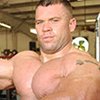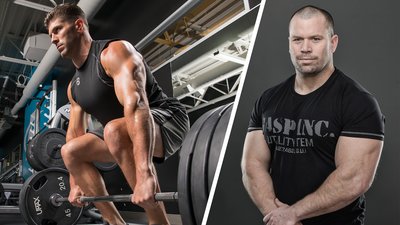Q: My goal is to become as strong as possible. I see other lifters starting their conventional deadlifts by squatting with their thighs below parallel to the ground. Should I follow suit?
OK, let's start by clearing up a popular misconception: The deadlift is not a squat with a barbell in your hands, which is what the "conventional deadlift" you described sounds like.
Starting with your knees parallel to the ground isn't going to get you anywhere because it moves your knees too far forward. As you lift the barbell off the floor, your shins are going to get in the way of the bar. To avoid the collision, you're going to have to maneuver the barbell around your knees. That leaves you open to injury, reduces the amount of weight you can lift, and just does not belong to the deadlift family of exercises.
You can move much more efficiently, and greatly reduce the risk of injury, by setting up in a higher-hipped, half-squat position at the start. What exactly that position is depends on your body type. In general, the longer your legs are, the higher your hips will be in the starting position. A good deadlift depends on getting your hips in the right position, so you need to take time and figure out the right hip position for your body.
Here are some common mistakes I see newbies making in the deadlift.
Your Hips Are Too High
Unfortunately, in the fitness industry, things run in extremes. When folks learn the deadlift is not a squat they want to make it into a stiff-legged deadlift. But when you keep your legs straight, you totally take the quad and leg drive out of the movement, which makes your hips and back handle the entire the load.
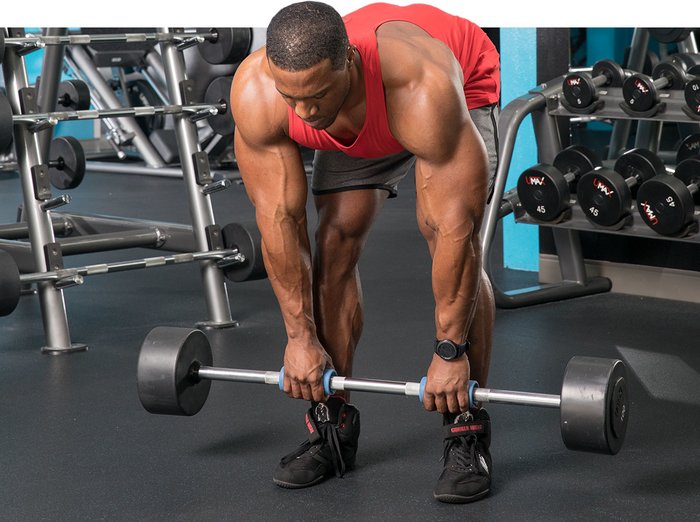
Not only does this make the lockout nearly impossible, but it also increases the chance of a back injury.
You're Over-Exaggerating Your Lockout
When locking out a deadlift, some beginners lean too far back while others roll their shoulders forward. Both techniques increase the risk of injury and offer no benefits in terms of strength or aesthetics. The best form is to stand fully erect with hips and knees locked. This is the way you do it in a powerlift competition, and that's how you should do it in the gym.
Your Stance Is Too Wide
I lead seminars on powerlifting all over the world. If there's one thing I could do to correct the majority of people's forms, I would narrow everyone's deadlift stance. Maybe people were taught to use a wider stance, or maybe they've watched huge professional strongman like Brian Shaw deadlift amazing weights with wide stances.
Keep in mind that some of these guys are often more than 6 feet tall and weigh more than 400 pounds. They are massive human beings. With those dimensions, they have to be very mindful of crowding the bar. And when these behemoths are competing, they're allowed to hitch and squat the weight up, and a wide stance can help in that effort. But unless you're training to win a strongman contest, you're better off tightening up your stance.
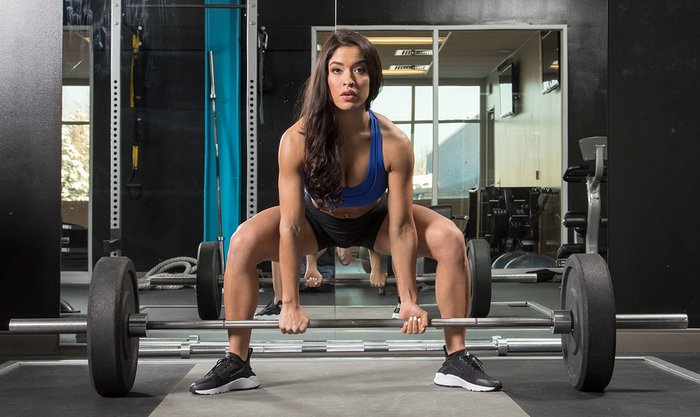
Here's a little trick to find the right hip distance for you. Start by performing a few standing vertical jumps. As you do them, notice how far apart your feet are before you start each jump. For most folks, this will be about hip width. Start with this position and move your feet a little bit each way to find the perfect width for you.
You're Training With Too Many Reps
You said that your goal was to become as strong as possible. Strength is measured by how much weight you can lift in one all-out effort, regardless of time. This means you need to train for one rep, not the usual set of 8. Switch to "cluster sets," in which you do more sets of fewer reps, like 3 rapid sets of 3 reps. Cluster sets give you more first reps and help you increase your deadlift max and get much stronger.
Your Grip Is Too Weak
To get stronger, you've got to lift the big weights, and to do that, you've got to have a strong grip. In fact, for many people, it's their grip that becomes the limiting factor: Their body could lift more muscle, if only their hands could hang on to it.
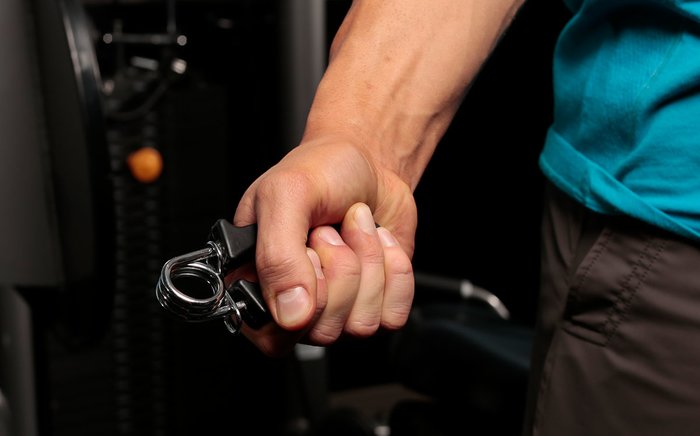
Okay, enough talking. Time for happy hour at the deadlift bar!
